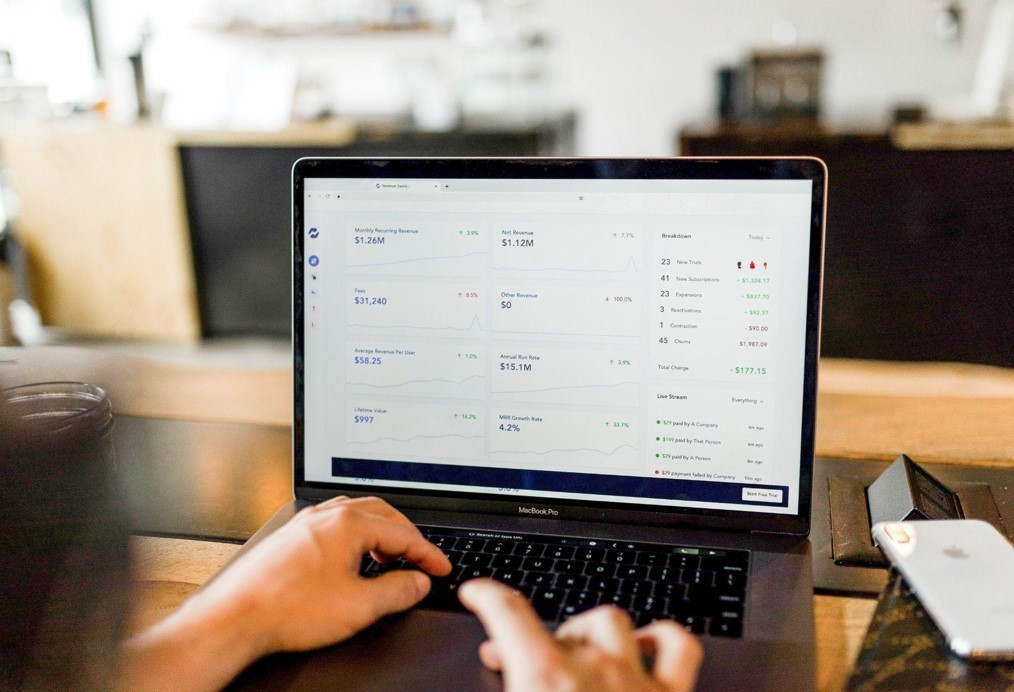There is never a time when businesses do not need data, from when they need to understand what new product or service to push out to when they are trying to understand what new market to penetrate.
Data plays a vital role in all they do, and companies that don’t work with data suffer disadvantages and often weaken their business impact.
We are not just talking about data but current and relevant data. And there are many ways to effectively gather this type of data, with web scraping being one of them.
Web scraping is as important to an e-commerce business as a physical building is to a grocery store; business would not occur without either.
Here, we will consider web scraping and the many use case scenarios for e-commerce companies today.
What is Web Scraping?
Web scraping can be defined as the process used in gathering large quantities of data for several sources at once.
It includes the tools and techniques deployed to extract data in the rawest form from multiple sources. And in order to make the task faster and less cumbersome, web scraping works as an automated process.
The tools interact with the target data sources and collect their content in HTML format. Then this is parsed and converted into a more easy-to-use format such as an Excel Spreadsheet or JSON file before being stored for immediate or later use.
The process needs to happen quickly and frequently to ensure that the data is current and always updated.
With this, it is possible to gather any amount of data from any website quickly and efficiently. This can help make things smoother for any business.
The Role of Web Scraping In Business
There are several ways that web scraping can be applied in business and the following are some of the best use case scenarios:
1. Brand Monitoring and Protection
One of the great things about the internet is that businesses can get mentioned in any part of the web, and while this means some free exposure for the mentioned brand, it can also become a major problem for the business.
For instance, when a brand gets mentioned in a negative comment or discussion, the single mention can lead to a loss of customers and a decline in sales.
For these reasons, e-commerce brands always need to keep an eye out, monitor where their name is being mentioned, and attend to it immediately and appropriately to protect their image and reputation. And web scraping is an excellent tool for doing this.
2. Competitor Monitoring
Businesses need to monitor their competition to know what they are doing and at what rates they offer similar products and services.
Such a move will help a brand learn and adjust to accrue more revenue and know whether the competitors comply with the set minimal agreed prices (MAP).
These little things can determine how successful a brand gets and can only be achieved through web scraping.
3. Market Monitoring and Analysis
Aside from monitoring the competition, e-commerce brands also need to watch the market at all times, studying demand, supply, consumer behaviors, and other market factors.
This helps the brand to create a roadmap that guides the business towards success more quickly.
Brands also have to analyze the market factors to make better decisions. For instance, only through market analysis can a company correctly tell when to enter a new market or produce new products and services.
Scraping the important data from the market is usually how any of these can be done.
4. Lead Generation
Web scraping can also be used in collecting information about potential customers. Brands can collect public data from Yellow Pages and other e-commerce websites or even social media platforms to know a lot about their potential buyers.
They can even generate leads based on geographical locations and then segment that to create different customers for different products or services.
5. Machine Learning
Web scraping also has a general and broad application in training Machine Learning (ML) tools. A large amount of useful data can be collected and regularly fed into ML models to help them learn and improve.
Following this improvement, the machines can successfully perform important tasks such as classification, clustering, and attribution.
Interestingly, the higher the quality of data fed into the program, the better the result gets and the finer the model.
Several examples can be used to build web scraping tools. One of the most popular tools for building web scrapers is the Python programming language. Even though other languages can be used, Python seems easier and simpler to use and can be used by professionals and beginners alike.
Python also offers several free frameworks and libraries that can be easily used to build these tools. For instance, the lxml Python library can be easily used to build scraping tools that can effectively collect and handle XML and HTML files. And taking a simple lxml tutorial will equip you with the basic knowledge to use this library.
Generally, an lxml tutorial will teach you how to install the library and use it to write codes that can easily and quickly create and parse HTML/XML documents. Visit Oxylabs blog for a more in-depth guide.
Conclusion
A process such as web scraping finds widespread application in life and business. It is important in every industry that prioritizes data. It is safe to say every business needs one form of web scraping or the other.
Fortunately, there are several ways to build and deploy a web scraper, with some of them even being simple and free to use.




0 Comments